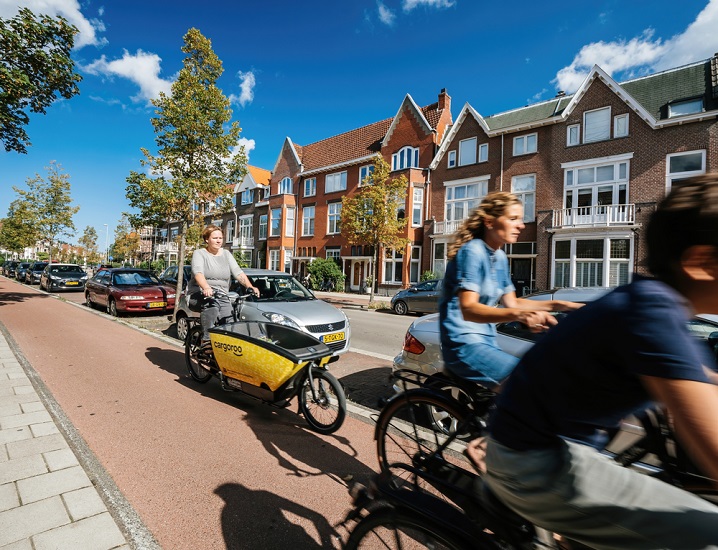Are location-based power outages for e-bikes a good thing?

Some links may be affiliate links. We may be paid if you purchase something or take an action after clicking one of these options.
The Netherlands is experimenting with technology that would allow the government to reduce speeds in certain areas.


Amsterdam city officials are experimenting with a new technology that would allow them to reduce the speed of e-bikes in certain locations. The technology is based on GPS and was developed by a non-profit organization Institute for Urban Developmentin collaboration with Odido – formerly T-Mobile Netherlands – for connectivity.
The concept is simple: In busy areas, the city administration wants to reduce the maximum speed of e-bikes in order to increase safety. The technology would not cause an e-bike to brake. Rather, it would reduce the engine’s power output and thus effectively reduce pedal assistance.
Such a concept seems difficult to understand in our freedom-obsessed nation. The Dutch authorities consider it a matter of general security for all users. The use of bicycles and e-bikes is so high in the Netherlands Parking them all can be a challenge.
The system will allow two different forms of communication, which Dutch officials call “nudges” and “nannies.” Nudges are alerts sent to drivers to alert them to conditions they need to pay attention to, such as accidents. The nannies would be speed reductions based on a driver’s GPS coordinates.
Currently, e-bikes in the Netherlands are limited to a maximum speed assistance level of 25 km/h (18 mph). The technology would allow the system to reduce a driver’s speed to 15 km/h.
“We have a bike that can really slow down,” said Melanie van der Horst, Amsterdam’s deputy mayor, who is responsible for the city’s traffic and transportation policy. “I’m excited to see how people use this technology. Later this year we will actually do a test on a bike route in the city. I hope that the busy cycle paths in our city will become safer through intelligent speed adjustment.”
Van der Horst tried out a prototype and said: “On my screen I saw a child playing football. A little later it turned red and my speed dropped to 15 kilometers per hour.”
Dutch officials liken the technology to a seatbelt – a safety measure that can improve the safety of everyone nearby.
Van der Horst, from Amsterdam, acknowledges that there will be critics of what some call a “nanny state” violation of freedom. She says to critics: “This plan contributes something to the cyclists’ sense of freedom.” On the other hand, their current freedom also affects the freedom of others, and their speeding limits this.”
Dutch officials confirmed the existence of five different mid-drive motors in e-bikes. In order for the system to work as intended, it would need to be able to communicate with all of these systems. If each rider’s e-bike wasn’t connected to their smartphone to receive notifications and control inputs, the system wouldn’t be able to do much. They also appear to underestimate the number of engines on the market and therefore have to overcome hurdles that are not just technical.
And while we recognize the need for public safety, we wonder how this will be received in the notoriously permissive Dutch society.
Sponsors
Reader interactions
![]()
![]()
